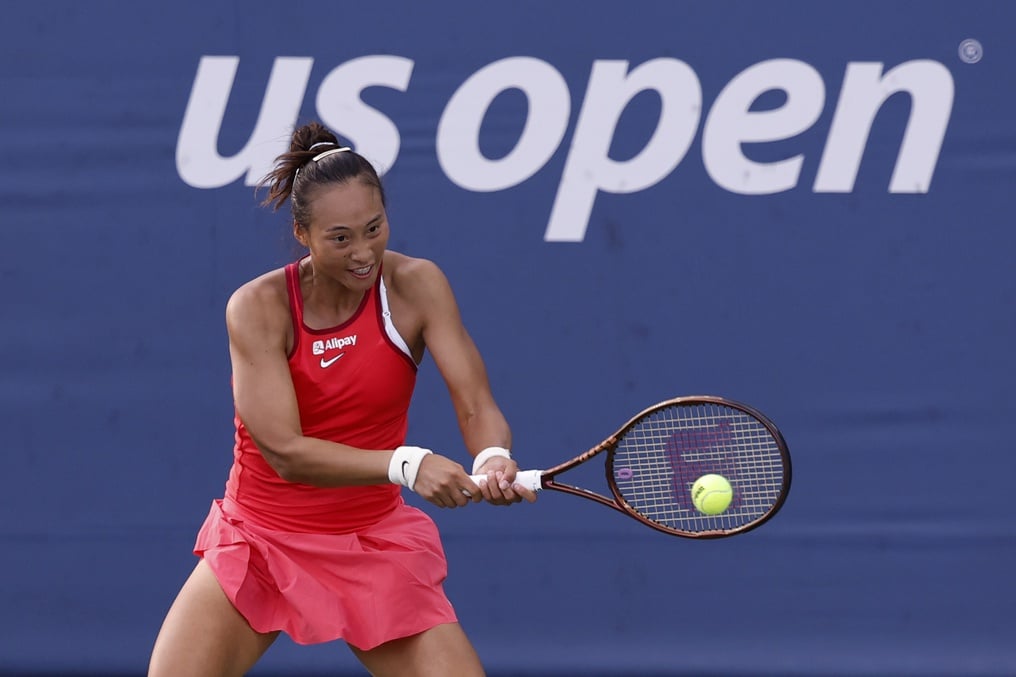The 40+ F1 Driver: Triumphs And Challenges In The Sport

Table of Contents
The Physical Demands and Age-Related Challenges
Formula 1 racing demands peak physical condition. The G-forces experienced during cornering, the intense concentration required for hours, and the sheer stamina needed to endure a race weekend place immense strain on the body. As drivers age, maintaining this peak fitness presents significant challenges.
Maintaining Peak Physical Condition
- Intense Physical Demands: Drivers undergo rigorous physical tests, including assessments of cardiovascular health, reaction time, and muscle strength. Age naturally impacts these areas, leading to potential declines in reaction time, stamina, and overall fitness.
- Specialized Training and Diet: To counter these effects, older F1 drivers often employ highly specialized training regimes, focusing on strength and conditioning tailored to the demands of racing. Nutritional strategies also play a critical role, ensuring optimal energy levels and recovery.
- Impact of Previous Injuries: Injuries sustained earlier in a driver's career can also impact their performance as they age. Managing chronic pain and ensuring the long-term health of their bodies becomes increasingly important. For example, the cumulative effects of years of high-G impacts can lead to more significant problems as a driver ages.
Adapting Driving Styles
As physical capabilities naturally change, many drivers adapt their racing styles. Raw speed might diminish slightly, but experience and precision become even more vital.
- Strategic Approach: Older drivers often excel in race strategy, tire management, and fuel conservation, using experience to compensate for any decrease in raw speed. Their ability to read races and adjust their strategy mid-event is a testament to their accumulated knowledge.
- Precision Over Power: Instead of relying solely on aggressive overtaking maneuvers, older drivers often prioritize smooth, precise driving to maintain pace and conserve car components.
- Successful Adaptations: Drivers like Kimi Räikkönen, known for his longevity and adaptability in the sport, have demonstrated the success of this approach, continually securing competitive positions despite being among the oldest on the grid.
Mental Fortitude and Experience
While physical prowess is crucial, mental strength is arguably even more vital for a successful 40+ F1 driver.
The Value of Experience and Racecraft
- Strategic Decision-Making: Years of experience equip older drivers with an unmatched ability to assess the situation, anticipate rivals' moves, and make crucial decisions under immense pressure.
- Mentorship and Teamwork: Their experience is also invaluable for mentoring younger teammates, providing insights that contribute to the overall team performance and fostering a cohesive racing environment.
- Race Management Expertise: Older drivers often demonstrate superior race management skills, managing tire degradation, fuel consumption, and car setup changes effectively to achieve optimal race results.
Maintaining Mental Focus and Sharpness
Maintaining cognitive sharpness and mental resilience under immense pressure is crucial.
- Mental Training Techniques: Many drivers employ techniques such as visualization, mindfulness, and meditation to enhance focus and reduce stress levels.
- Prioritizing Sleep and Recovery: Adequate sleep and recovery are vital for optimal cognitive function. Older drivers recognize the significance of this factor in maintaining peak performance.
- Demonstrating Mental Strength: Drivers like Alain Prost, known for his tactical brilliance and unwavering focus, exemplify the importance of mental strength in achieving sustained success in F1.
The Challenges of Securing a Drive at an Older Age
The intense competition in Formula 1 makes securing a competitive seat challenging at any age, but even more so as drivers get older.
Competition from Younger Drivers
- Youthful Speed and Ambition: Younger drivers often possess higher levels of raw speed and unwavering ambition, making them attractive prospects for teams looking for a quick return on investment.
- The Search for a Seat: Many seasoned drivers struggle to find competitive seats as they approach and surpass 40, facing increased competition from younger, up-and-coming talent.
- Sponsorship and Team Dynamics: Team sponsorship plays a significant role in driver selection, with younger drivers sometimes seen as more marketable. Securing the right team environment where experience is valued is also crucial.
Financial Considerations and Contract Negotiations
Continuing an F1 career past 40 involves significant financial considerations.
- Salary Expectations and Negotiations: Negotiating contracts becomes increasingly complex, as salary expectations need to be balanced against the value a driver brings to a team.
- Smaller Teams vs. Larger Teams: Older drivers might find themselves seeking opportunities in smaller teams, where experience is highly valued, even if the financial rewards are less significant.
- The Legacy Factor: For some, the legacy they leave behind and the satisfaction of continued competition outweigh purely financial considerations. They are willing to accept less for the opportunity to further their legacy and passion.
Conclusion: The Enduring Legacy of the 40+ F1 Driver
The journey of a 40+ F1 driver is a testament to exceptional physical and mental fortitude, adaptability, and unwavering dedication. While facing significant challenges in securing drives and maintaining peak performance, these drivers leverage their experience and racecraft to achieve remarkable feats. Their contributions highlight the enduring value of experience and strategic thinking in Formula 1. Let's continue the discussion on the lasting impact of age and experience on the future of 40+ F1 drivers, and how their resilience inspires future generations. Share your thoughts on your favorite successful 40+ F1 drivers in the comments below!

Featured Posts
-
 Italian Open 2024 Zheng Qinwens Semifinal Triumph
May 26, 2025
Italian Open 2024 Zheng Qinwens Semifinal Triumph
May 26, 2025 -
 Silence Brise Thierry Ardisson Raconte Son Experience De Tout Le Monde En Parle Suite Aux Declarations De Laurent Baffie
May 26, 2025
Silence Brise Thierry Ardisson Raconte Son Experience De Tout Le Monde En Parle Suite Aux Declarations De Laurent Baffie
May 26, 2025 -
 X Et L Extreme Droite Europeenne Le Role D Elon Musk Sous Le Microscope
May 26, 2025
X Et L Extreme Droite Europeenne Le Role D Elon Musk Sous Le Microscope
May 26, 2025 -
 Otkrovennye Foto Naomi Kempbell Eksklyuziv Dlya Glyantsevogo Zhurnala
May 26, 2025
Otkrovennye Foto Naomi Kempbell Eksklyuziv Dlya Glyantsevogo Zhurnala
May 26, 2025 -
 Compare Haunts Dr Terrors House Of Horrors Vs Competitor Name
May 26, 2025
Compare Haunts Dr Terrors House Of Horrors Vs Competitor Name
May 26, 2025
